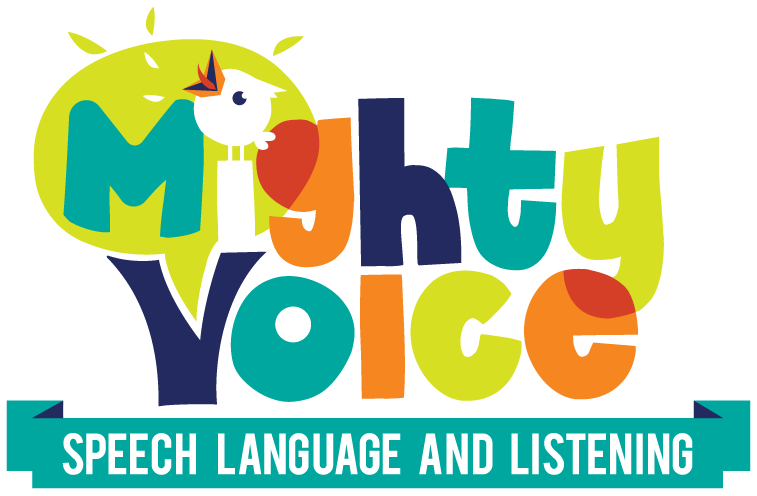Lately I’ve seen a number of videos going around some of the groups I’m in…these videos are labeled as ABA therapy sessions. This is not a post about the pros and cons of ABA or to discuss whether or not those videos actually represent ABA.

What this post is about is this–those videos make me incredibly uncomfortable. Children are clearly distressed by the task they’re asked to do, and sometimes even verbally saying “no” or “stop,” and the adults are continuing on, without acknowledging the child’s protest. Sometimes the adults are physically making the child continue the task by holding their hands or wrist.
Friends, I am not ok with that. And that is definitely not the way I approach speech and language therapy.
And my point isn’t even really about the people in the videos. It’s about you and me. As parents, our job is to keep our kids safe. And if you have a child with a disability, you know that they are at even greater risk for physical and sexual abuse.
So how do we do this? First, let me say I am not an expert in the area of child abuse prevention. But, I can share my tips as a parent and a therapist, and point out a few things to consider.
1. You should always be welcome to observe your child’s therapy/classroom/etc.
As a parent, you should always be welcome to know what your child is doing, and be able to see what’s happening. Yes, sometimes our kids get more distracted when we’re in the room, so maybe you ask the therapist to record the session or watch through a baby monitor. Maybe you don’t observe every session or even most. But, the point is, you should be able and welcome to do so. If you’re not, that’s a red flag.
2. Trust you gut
We all have that mama/papa gut…that intuition that tells us when something just isn’t right, or something is off. Listen to it. When you sit in your child’s therapy session or classroom, are you ok with what’s going on? Are you ok with how your child and other children are being treated?
If something doesn’t seem right, or you’re uncomfortable with how your child is being treated during therapy, speak up. Your child needs you to be their voice.
3. Educate yourself and your children about abuse.
It’s never fun to read about what grooming looks like, or how abusers choose their victims. But, it is essential that you know what to look for and how to help your children.
Parenting Safe Children is a great Facebook page to follow and learn about some red flags. Many of the things I do with my kids come from there. Things like the fact that we teach consent, even with family members, from a young age. Our children never have to give hugs if they don’t want to, and have to ask to hug others, because their bodies are their own.
The same should apply to therapy sessions, which is why I found the videos described at the beginning so hard to watch.
This Simple Families podcast about how to talk to young children about sex is something I also found helpful in knowing how much to say and exactly what to say because, well, let’s just admit it…this stuff can be a little awkward to talk about.
Stop It Now has a great tip sheet for parents of kids with disabilities about how to protect kids in program settings (things like therapy, school, etc.)
Also, ask other parents what resources they’ve found helpful, and most of all, keep the conversation going. You are your child’s advocate!
4. Consider making personal safety a goal
Think about how you can work with your child’s educational team to make personal safety a goal. For instance, does your child know body parts? Can they indicate when something is wrong or something hurts? Think about whether or not they understand the concept of consent, and can express whether or not they consent to something.
If your child is away from you for part or most of the day, and requires assistance with daily living activities like dressing or toileting, see if you can add some speech and language goals that encourage their participation in those activities. Maybe they can tell their caregiver when they’re ready to be changed, or simply answer “yes” or “no” when asked if they are.
5. Keep talking
Although these conversations aren’t always easy, keep talking with your child’s therapists, caregivers, etc. about personal safety. Sometimes even just letting them know that you’re aware and thinking about keeping your child safe can prevent issues.
Also, keep talking with your child about their own body and personal safety, even when it’s awkward. What you’re teaching them is what is going to help keep them safe.
